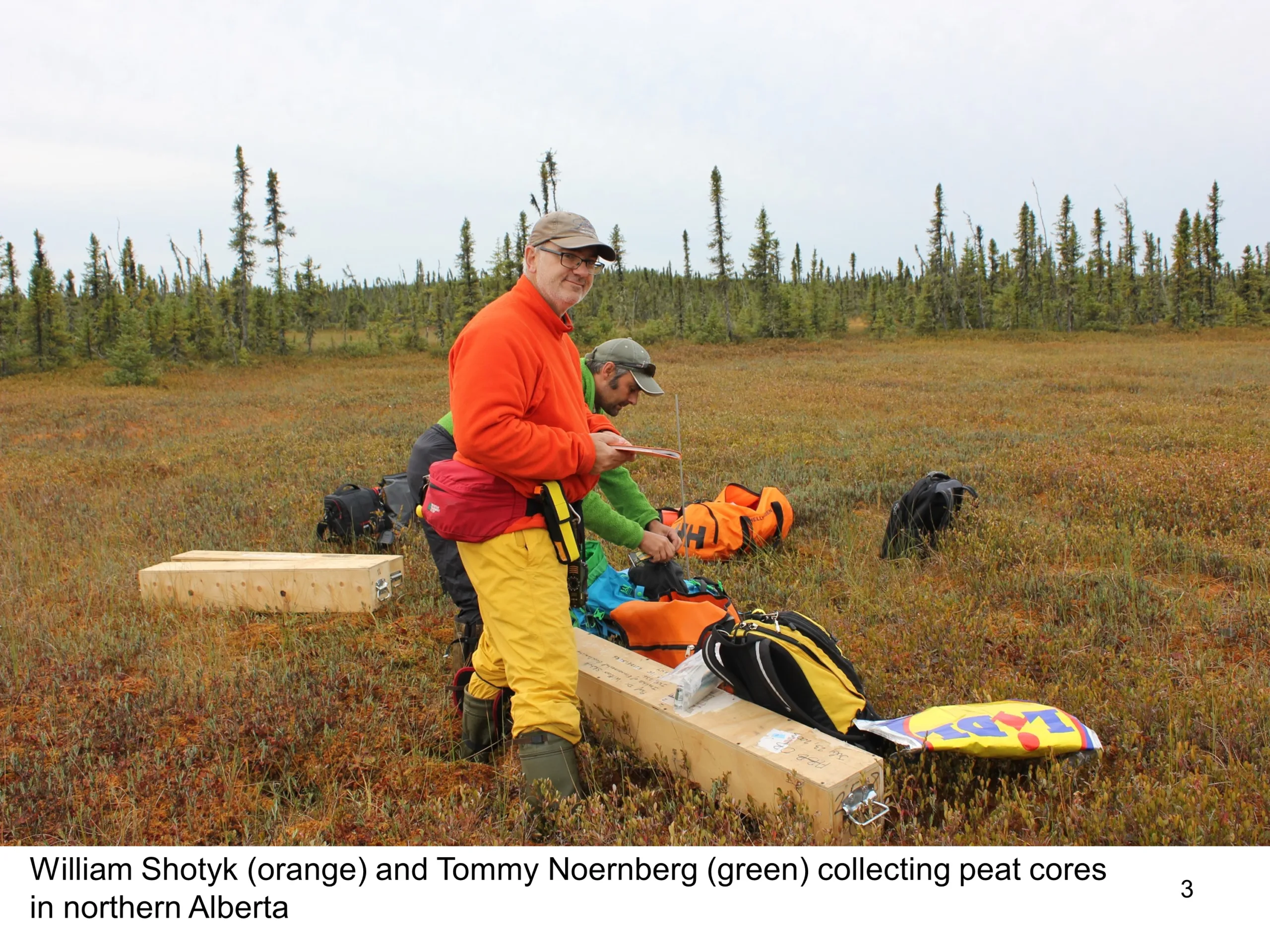Wetland 101: What is a wetland?
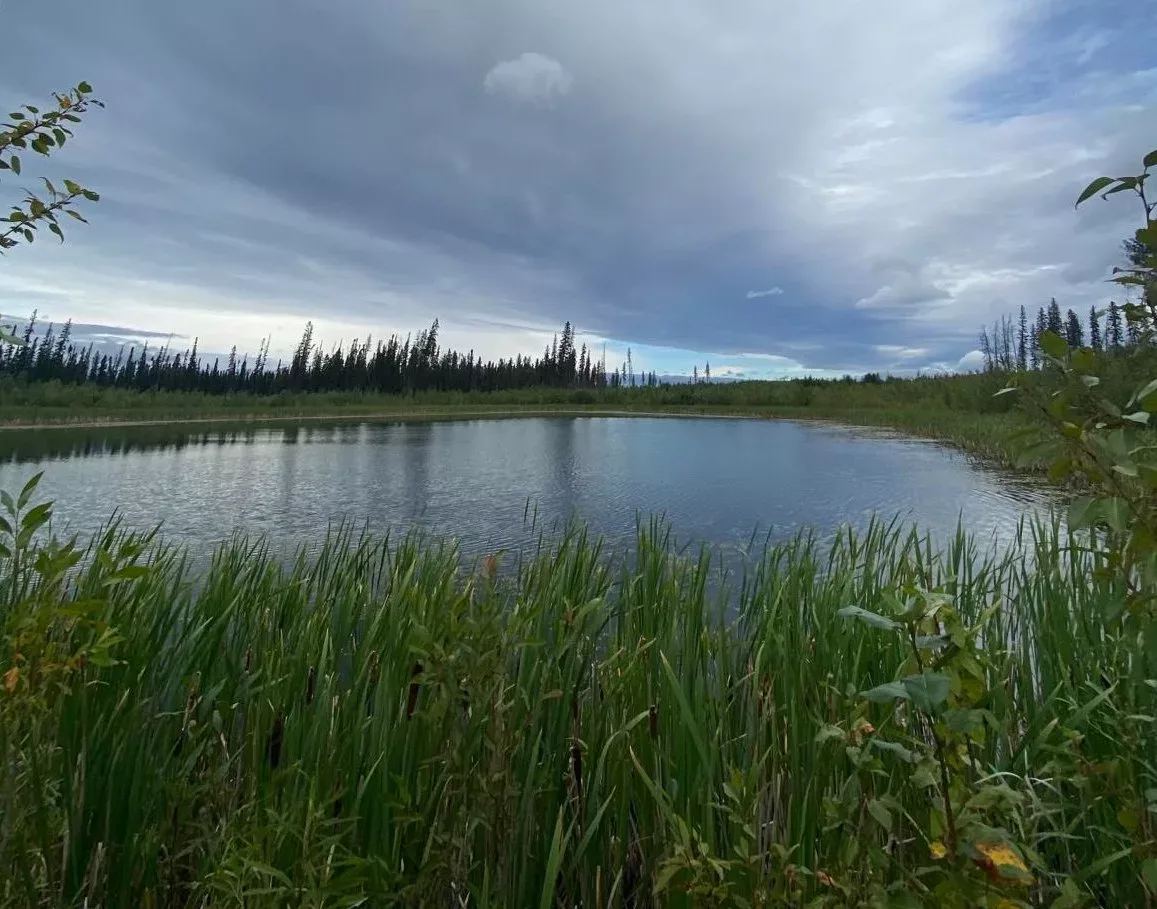
Efforts by Canada’s oil sands industry to lessen its environmental footprint have resulted in globally significant work to reduce impacts to air, water and land and support biodiversity in Alberta’s boreal forest.
The industry aspires to be world leaders in environmental management.
What’s at stake and what do these efforts look like on the ground? Find out more about why industry preserves wetlands.
Wetland 101: What is a wetland?
What is a wetland?
A wetland is a unique ecosystem that is flooded by water either permanently or part of the year. What distinguishes wetlands from other water bodies is that they host aquatic plants called hydrophytes. These water loving plants have adapted to growing in the low oxygen conditions characteristic of wetlands.
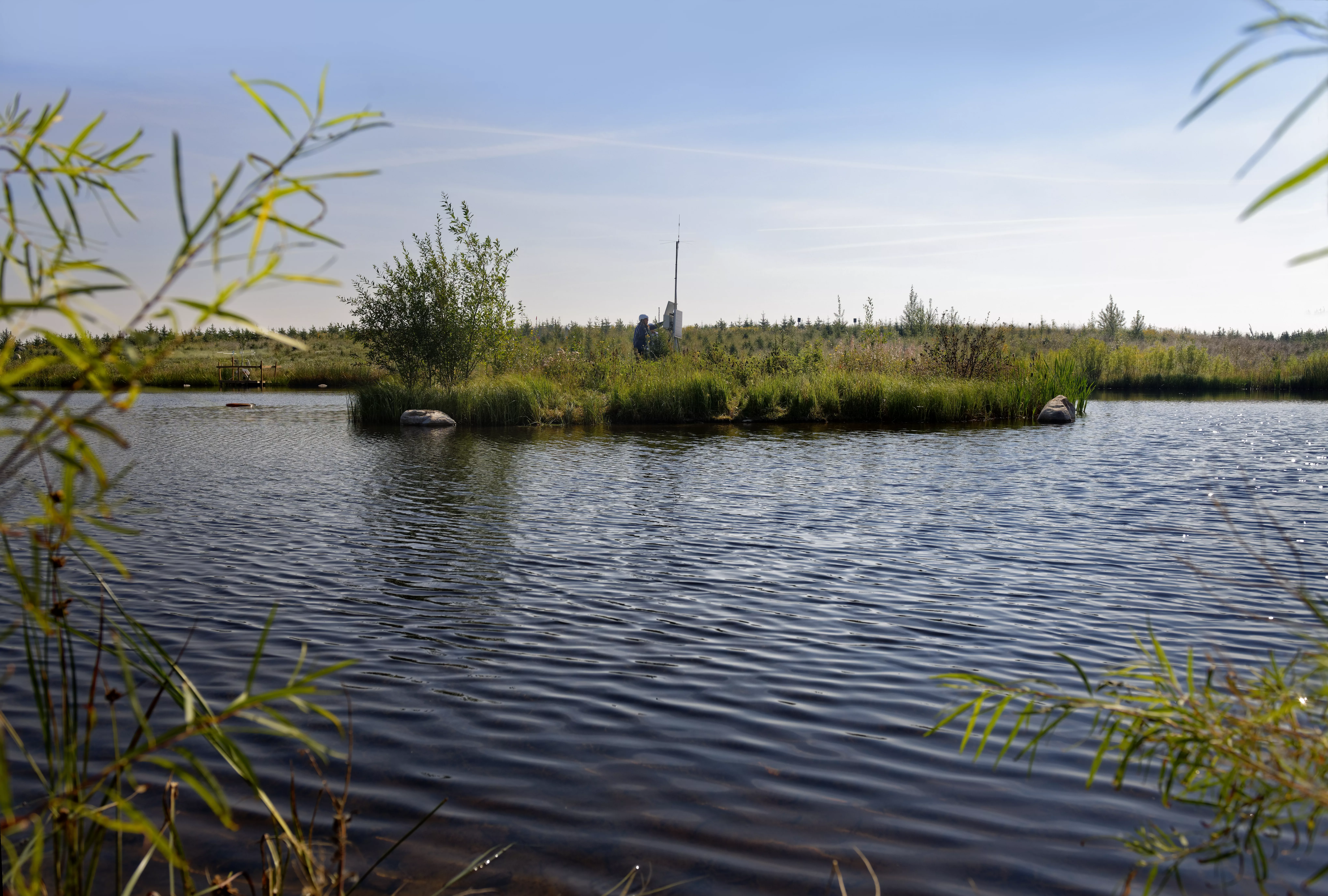
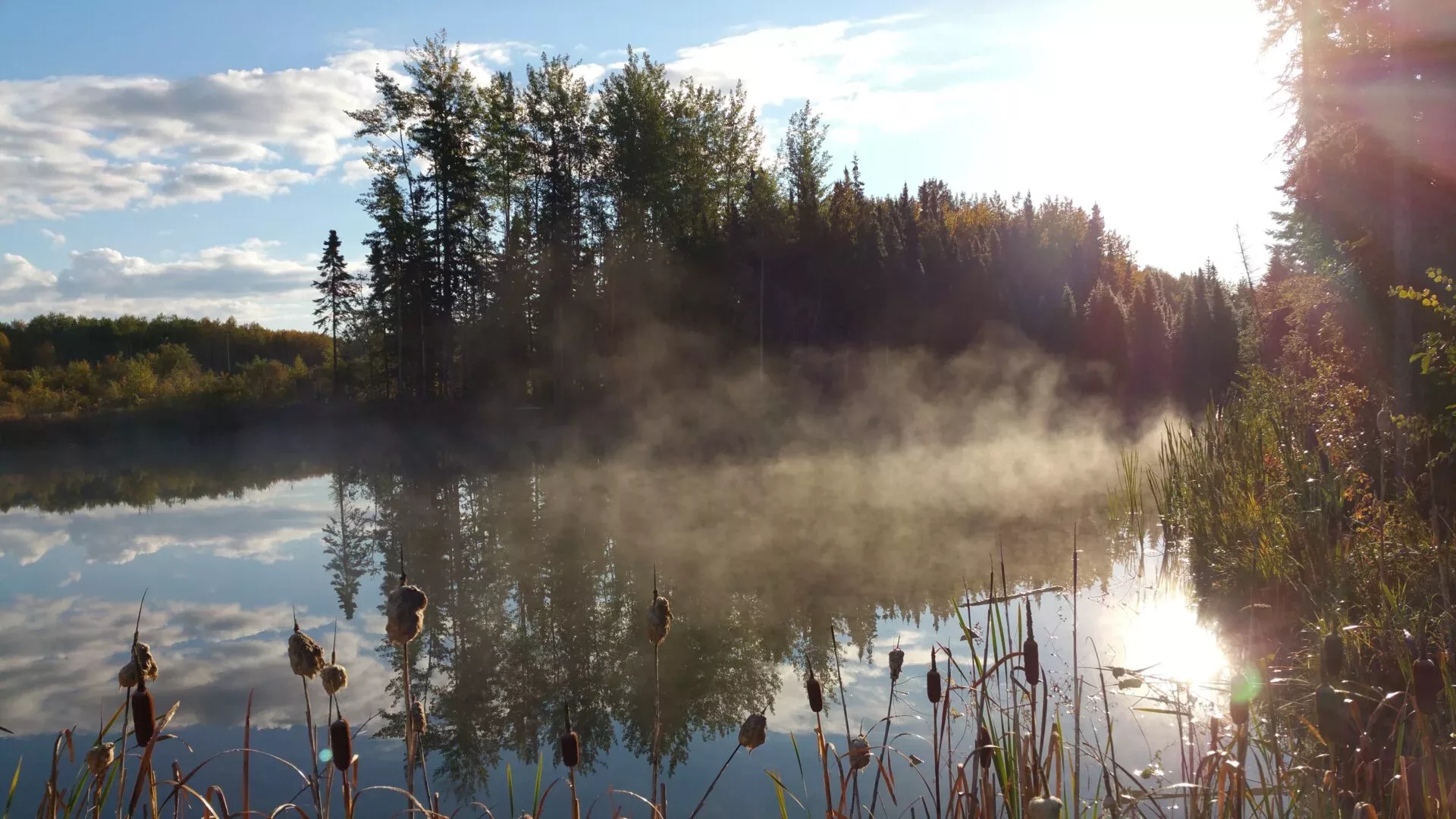
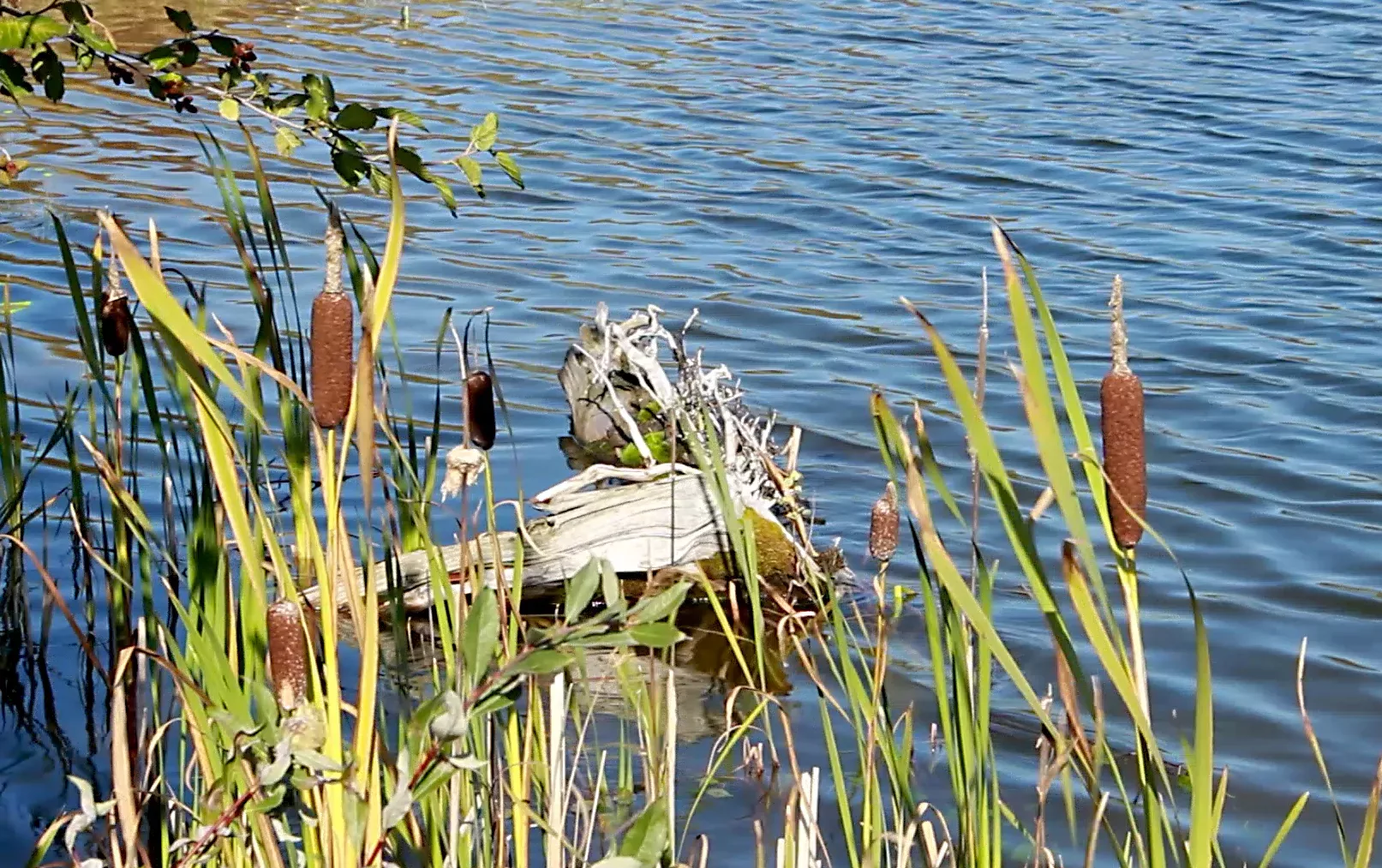
Are bogs and marshes wetlands?
Yes. In Alberta, wetlands are divided into two broad groups: peatlands (bogs and fens) and mineral wetlands (marshes, fens, and shallow open water). These two groups are divided into other sub-categories based on things like what kind of vegetation is found there and how long the water stays above the ground.
Are wetlands good for the climate?
Wetlands are one of the world’s most important ecosystems because they limit the impact of climate change. They have a remarkable capacity to capture and store large amounts of carbon dioxide (CO₂) from the atmosphere, preventing this greenhouse gas from contributing to global warming.
Why else are wetlands so important?
Wetlands do so much. They support a huge variety of animal and plant life, including rare and protected species. As a water source, they are critically important to sustaining human life. Wetlands act like giant sponges during heavy rain, absorbing excess water to limit the effects of flooding. They then release that water slowly during dry periods. Wetland microorganisms, such as fungi and algae, filter wastes and purify water. Wetlands are also popular places for recreational activities and are culturally significant to Indigenous and Métis communities.
Where are wetlands located?
Wetlands can be found around the world, except in Antarctica. In Canada, wetlands cover about 13% of the country from coast to coast; 37 of these wetlands have been designated Wetlands of International Importance under an international convention.
Are there wetlands in the oil sands?
Yes. Wetlands are a major feature across Alberta covering about 20% of the total land area. In the oil sands region, wetlands cover about 50% of the land base. COSIA members have been studying wetlands intensely for years to better understand how to manage them optimally.
Who is protecting Alberta’s wetlands?
The Alberta government’s Alberta Wetland Policy outlines specific policies and guidelines for conserving Alberta’s wetland resources. The oil sands industry is a responsible environmental steward of the region’s wetlands, carefully minimizing the impact of human activities on wetland features and even creating new wetlands from the ground up. Wetland conservation is so important that Pathways Alliance supports a NSERC wetland reclamation research chair at the University of Calgary to further the science of wetland management.
Learn more about the efforts of Pathways Alliance members to advance responsible development of the oil sands industry.


